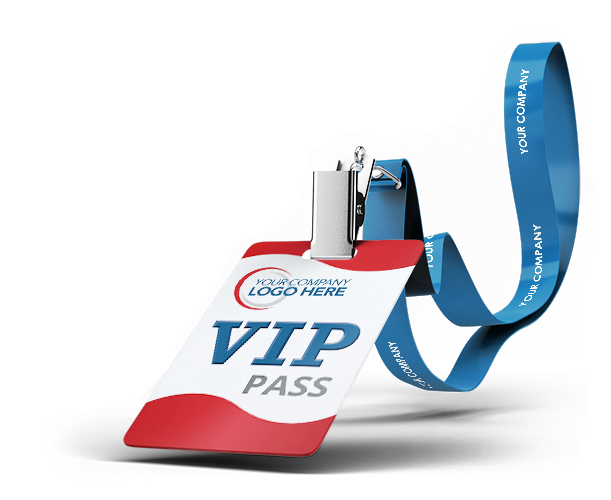Using a coded pass plastic card on a lanyard for school classroom bathroom access can offer several benefits:
Security and Control: Coded passes provide a secure method to control access to the school’s bathrooms. This can prevent unauthorized individuals from entering the bathrooms and potentially causing disruptions or safety concerns.
Student Accountability: Each student having their own coded pass card can promote accountability. If any issues or incidents occur in the bathroom, it becomes easier to identify the individuals involved, discouraging misbehavior.
Reduced Disruptions: With controlled access, the likelihood of non-students or students from other classes entering the bathroom during class time decreases, leading to fewer disruptions in the classroom.
Time Management: Students won’t have to request permission to use the bathroom, which can save valuable instructional time. They can simply use their pass card and go, reducing interruptions during lessons.
Privacy: Controlled access can enhance privacy in the bathroom, making students more comfortable using the facilities.
Safety Measures: In case of emergencies, having a record of who is in the bathroom can be beneficial for ensuring all students are accounted for.
Hygiene and Maintenance: Restricted access can help in maintaining a cleaner and more organized bathroom environment, as only authorized users are allowed inside.
Teaching Responsibility: Managing and keeping track of the pass card can teach students responsibility for their belongings and the importance of adhering to rules.
Customization: These systems can be customized based on grade levels or specific needs. For instance, upper-grade students might have more flexibility while younger students might have stricter access control.
Behavioral Improvement: Knowing that bathroom use is monitored can encourage better behavior and discourage misuse of bathroom breaks.
Efficiency: Having a lanyard with a pass card is convenient for students, as they don’t need to remember a code or carry a physical key. This can make bathroom breaks quicker and more efficient.
Flexibility for Teachers: Teachers can manage bathroom breaks more easily, deciding when it’s appropriate to allow students to leave the classroom without constant interruptions.
Parental Involvement: Parents can be kept informed about their child’s bathroom habits if there are any concerns or patterns of excessive breaks.
Emergency Situations: In cases where a student might feel unwell or require immediate attention, the access card can help in identifying their location quickly.
Adaptation to Policies: The pass system can be adapted to school policies, such as allowing more bathroom breaks during standardized testing days.
However, it’s important to consider potential drawbacks and concerns as well. These could include privacy concerns, potential issues with lost or damaged cards, and ensuring that bathroom access remains accessible to all students when needed. Balancing security and convenience while addressing potential drawbacks is key to implementing a successful system.


Leave A Comment